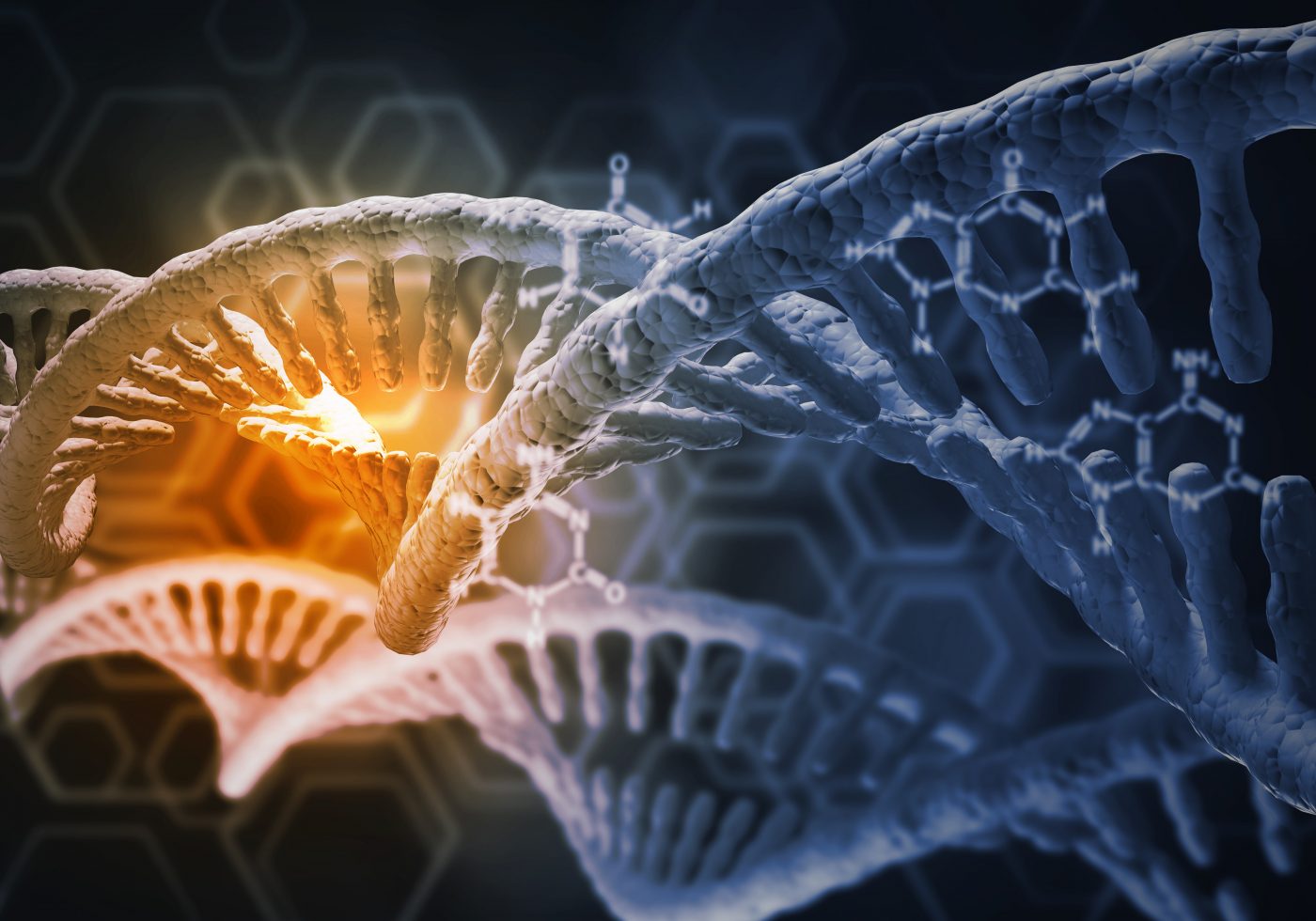Alpha-Synuclein Protein Works to Repair Damage to Cell’s DNA, Study Suggests

Contrary to current knowledge, alpha-synuclein protein — whose toxic form is responsible for the formation of Lewy bodies — may play a crucial role in preventing cell death by repairing damaged DNA, a study has found.
This critical function of the protein may also be lost in Parkinson’s patients, its researchers said.
The study, “Alpha-synuclein is a DNA binding protein that modulates DNA repair with implications for Lewy body disorders,” was published in Scientific Reports.
Parkinson’s is marked by a buildup in the brain of the alpha-synuclein protein, which forms clumps known as Lewy bodies that damage and kill neurons (nerve cells). These protein inclusions are found in the cell’s cytoplasm — the jelly-like fluid that fills a cell.
Although it remains unclear how cytoplasmic aggregation of alpha-synuclein into Lewy bodies contributes to neuronal death, alpha-synuclein has also been found in the cell’s nucleus, where DNA is located and where important DNA repair mechanisms take place.
Researchers at the Oregon Health & Science University had previously shown that the formation of Lewy bodies coincided with the loss of soluble alpha-synuclein from both the cytoplasm and nucleus of mouse neurons with aggregates (clumps) in them.
“This suggests that cytoplasmic alpha-synuclein aggregation may decrease the amount of protein available for any nuclear or cytoplasmic role it may play,” the researchers wrote.
The same team now investigated whether alpha-synuclein could be involved in the DNA damage response.
Alpha-synuclein was found in the same cellular sites as DNA damage response components in both human and mouse brain cells.
DNA damage was then chemically induced in human cells that lacked alpha-synuclein. Researchers reported finding higher rates of DNA damage (what they called “double-strand breaks”) compared to alpha-synuclein-bearing cells. Likewise, mice without alpha-synuclein had increased neuronal DNA damage, which was rescued by reintroducing the human form of alpha-synuclein.
Importantly, mouse and human neurons with Lewy bodies had increased levels of DNA damage.
Scientists also observed that normal (i.e., non-toxic) alpha-synuclein is rapidly recruited to DNA damage sites and helps to repair harm by binding to the DNA molecule and facilitating a repairing reaction; more specifically, this process is called the non-homologous end-joining reaction.
Besides its known toxic role in Parkinson’s, findings suggest alpha-synuclein may have an important function in the cell nucleus, that of regulating DNA repair. They also suggest that such function is compromised in Lewy inclusion-bearing neurons, which, in turn, contributes to cell death.
“This is the first time that anyone has discovered one of its [alpha-synuclein’s] functions is DNA repair,” Vivek Unni, MD, PhD, an associate professor of neurology in the OHSU School of Medicine and senior author of the study, said in a news release.
“That’s critical for cell survival, and it appears to be a function that’s lost in Parkinson’s disease,” Unni added.
“Based on these data, we propose a model whereby cytoplasmic aggregation of alpha-synuclein reduces its nuclear levels, increases DSBs [double-strand breaks], and may contribute to programmed cell death via nuclear loss-of-function. This model could inform development of new treatments for Lewy body disorders by targeting alpha-synuclein-mediated DNA repair mechanisms,” the team concluded.






